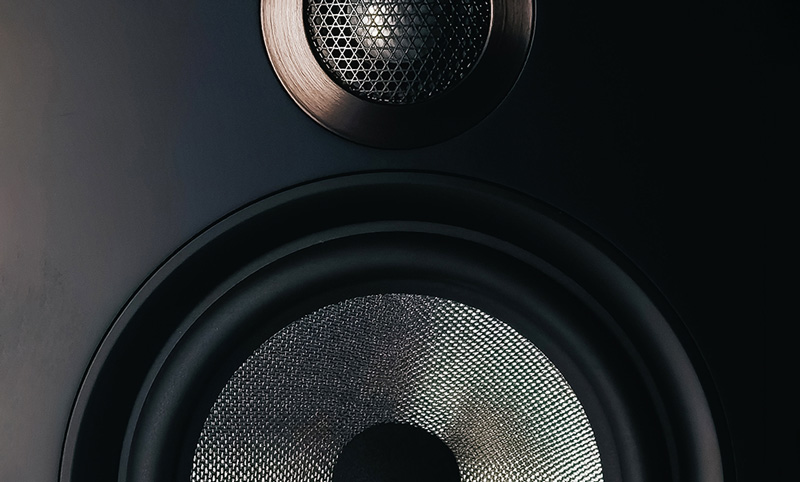Rory Kenny, CEO and founder of Loudly, looks at the confusing world of music use across social media – and why flouting the rules can be costly.
It’s no wonder why many of us feel confused or overwhelmed when it comes to music copyright. It’s an incredibly complex and disjointed area to get your head around. It’s even more so the case with the increased use of digital platforms such as YouTube and Instagram for both individuals and organisations. Due to this new way of engaging with audiences it’s now crucial for anyone creating content to understand how the regulations work to avoid penalties.


Why You Need to Know About Music Copyright
The majority of video and audio content benefits from music. In a similar way to how a soundtrack is used in film and TV, it can create a mood, set the tone and engage the audience. You may think the tricky part is finding the right track that best works for each piece of content but it’s actually finding something royalty free that’s often the headache.
The music industry uses royalties to compensate the creators for their work. Even just a small snippet of music on content or someone singing the lyrics of a song requires the user to have an appropriate license which is regulated under copyright laws.
Where it gets complicated is that there isn’t a ‘one size fits all’ law or license that covers all platforms, uses and countries. Rather it’s fragmented based on where the music is being used and what part of the world you’re in.


What Are the Regulations and How Are They Enforced?
For YouTube any music usage must be covered by the user country’s copyright laws. Facebook and Instagram have partnerships with music owners for a selection of tracks but these are often limited to a short length, limited to certain countries and users complain of having music taken down at times with no reason. If organisations use music on web content they will need to ensure they have correct licenses or they’ll fall foul of copyright too.
Social media platforms take inappropriate music use very seriously. YouTube has been known to delete both videos and channels of those who flout the rules, so it can be incredibly damaging to the user and brand if they don’t comply. Facebook and Instagram cooperate in a similar way and take down content if it doesn’t adhere to the site’s policy.
You may be forgiven for thinking that if YouTube has 2.3 billion users and has 730,000 hours of videos uploaded a day – how can they possibly police it? In a world where social media is an incredibly important communication medium in the marketing mix and with the pandemic accelerating a huge growth in live streams now, more than ever, it’s vital that platforms have a handle on it.
In response YouTube has invested millions of dollars in creating Content ID a digital fingerprinting system which is used to easily identify and manage copyrighted content on YouTube. Videos uploaded to YouTube are compared against audio and video files registered with Content ID by content owners, looking for any matches. In one month alone Google had 75 million take down requests over copyright demonstrating the staggering scale of the problem.
It will be interesting to see how music copyright law evolves now that we have to include social media platforms and 24/7 content. It will at some point need a shake up to make it more fit for purpose in the modern digital world. But how can you ensure content you or your partner’s use is compliant?


There isn’t a ‘one size fits all’ law that covers all platforms, uses and countries. Rather it’s fragmented based on where the music is being used and what part of the world you’re in.



Where Can You Get Music From?
The most obvious solution is to pay. By purchasing the appropriate music license you will be covered for use in content. However, this is extremely expensive, for larger companies it’s worth the investment having a recognisable track to accompany video, but for startups and smaller businesses it’s not feasible. Licenses can be thousands of dollars and in some cases require a cut of revenues made from videos on top.
Another popular method is to commission a music producer to create a set of tracks that are yours. This is a common tactic used in film and TV which we now see being used in popular podcasts. But again it’s expensive and often for social media videos you don’t want to use the same tracks over and over as it won’t be fresh.
But there is an option that is affordable and seamless. AI powered music solutions give users access to create thousands of tracks that are royalty free.

AI is clever enough to be able to create a song using simple options selected by the user such as theme, mood, genre etc. This empowers the content creator to make unique tracks using a few clicks on the software which are all royalty free. Users have instant access to thousands of tracks that they can use straight away with their content. It’s cost and time effective and falls into the regulations of music copyright terms.
We’ve spoken to Loudly users who come from all different types of business and use the music in a number of ways. Some make music for Netflix, some are advertising firms and others are just individuals with a passion for their YouTube channel who want music that is legal that adds a layer to the video. One shared goal is wanting to have a seamless, instant way to make tracks and that’s now possible.
It will be interesting to see the future of royalties with the ever growing social media use. At some point it may be that commercial tracks are more affordable to use or that they strike deals with the platforms for users to access certain tracks. However, for now the best solution is to create your own music with AI. Not only is it making the content legal it also gives you the opportunity to create truly unique tracks for you.

About Our Guest Writer
Rory Kenny
Founder & CEO, Loudly
Rory Kenny is Co-Founder & Chief Executive Officer at Loudly. He is responsible for leading the strategic direction of the company and driving Loudly’s innovation journey to become an AI powered music tech company with a mission to disrupt how millions of people create, discover & experience music everyday.








